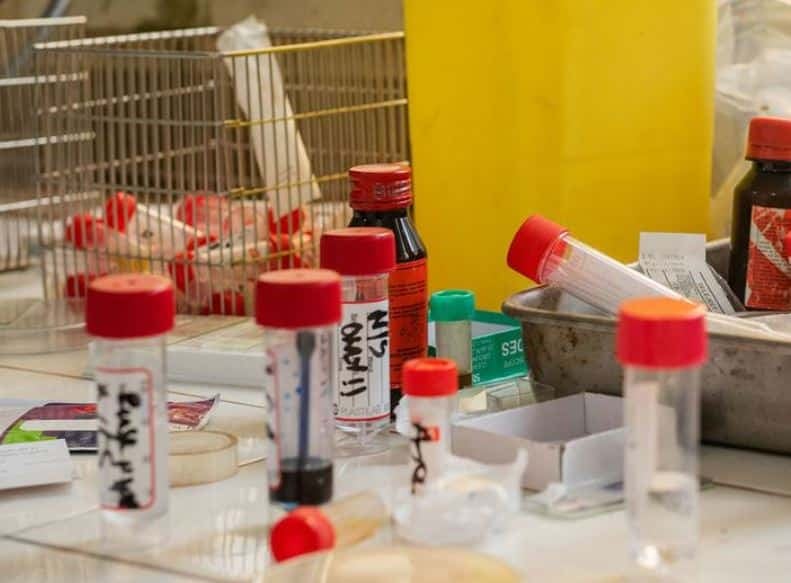WHO Report Suggests Resistance to Antibiotics Growing

GENEVA, Switzerland — Bacteria responsible for common infections are showing an increasing resistance to the antibiotics used to treat those infections, a new report from the World Health Organization says.
In addition, the report, based on data collected in 87 countries in 2020, reports high levels of resistance in a bacteria known to cause life-threatening bloodstream infections.
“Antimicrobial resistance undermines modern medicine and puts millions of lives at risk,” said Dr. Tedros Adhanom Ghebreyesus, WHO director-general.
“To truly understand the extent of the global threat and mount an effective public health response to AMR, we must scale up microbiology testing and provide quality assured data across all countries, not just wealthier ones,” Ghebreyesus said.
The latest edition of the WHO’s Global Antimicrobial Resistance and Use Surveillance System report differs from past reports in that it is the first to look at antimicrobial resistance rates in the context of national testing coverage and antimicrobial consumption in humans.
Antimicrobials — including antibiotics, antivirals, antifungals and antiparasitics — are medicines used to prevent and treat infections.
Researchers found high levels of resistance — above 50% — in bacteria that frequently cause bloodstream infections in hospitals, including Klebsiella pneumoniae and Acinetobacter spp.
These life-threatening infections require treatment with last-resort antibiotics, such as carbapenems.
However, 8% of bloodstream infections caused by Klebsiella pneumoniae were reported as resistant to carbapenems, increasing the risk of death due to unmanageable infections.
Common bacterial infections are also becoming increasingly resistant to treatments.
Over 60% of Neisseria gonorrhoea isolates, a common sexually transmitted disease, have shown resistance to one of the most-used oral antibacterials, ciprofloxacin.
Over 20% of E.coli isolates — the most common pathogen in urinary tract infections — were resistant to both first-line drugs (ampicillin and co-trimoxazole) and second-line treatments (fluoroquinolones).
Although most resistance trends have remained stable over the past four years, the researchers found that bloodstream infections due to resistant E. coli and Salmonella spp. and resistant gonorrhea infections increased by at least 15% compared to rates in 2017.
They go on to say that more research is needed to identify the reasons behind the observed increase in resistance and to what extent it is related to raised hospitalizations and increased antibiotic treatments during the COVID-19 pandemic.
The pandemic also meant that several countries were unable to report data for 2020, they said.
As for antimicrobial consumption in humans, 65% of 27 reporting countries met the WHO’s target of ensuring that at least 60% of antimicrobials consumed are from the “ACCESS” group of antibiotics, i.e., antibiotics that — according to the WHO AWaRE classification — are effective in a wide range of common infections and have a relatively low risk of creating resistance.
Dan can be reached at [email protected] and @DanMcCue
























